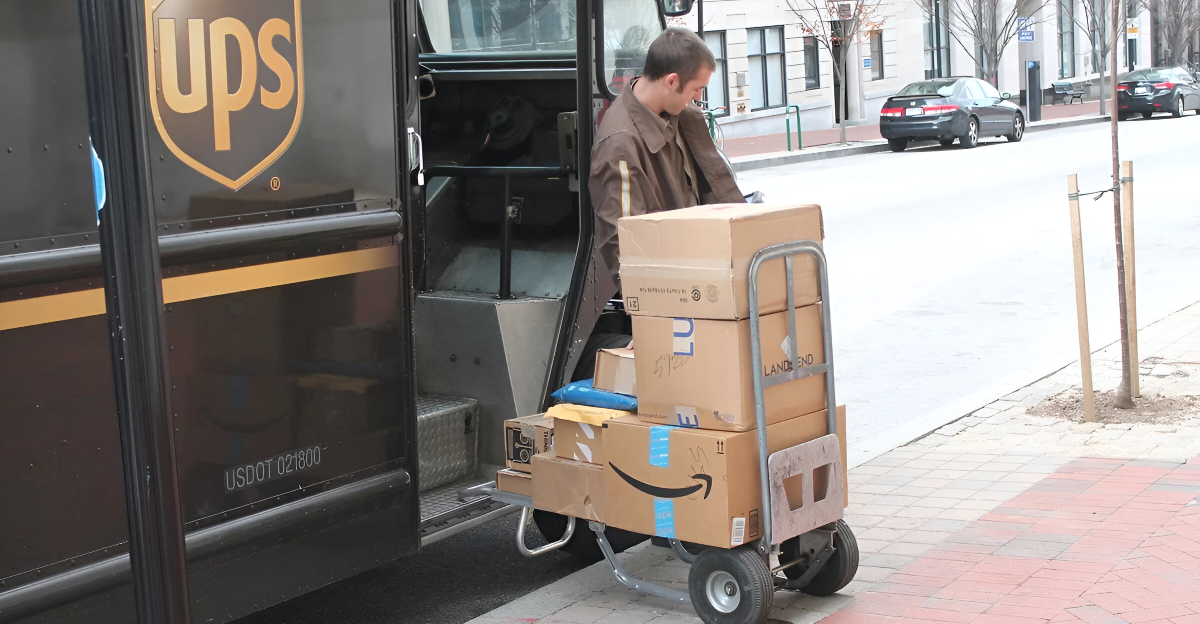
You may have heard UPS is “restructuring” or “optimizing operations”, classic corporate language that often means layoffs are coming. But this time, the changes are massive.
UPS is cutting 20,000 jobs, shutting down 73 facilities, and distancing itself from Amazon, its biggest customer. This isn’t routine belt-tightening, it’s a full-blown retreat. Once a symbol of American logistics, UPS is shrinking fast, with a 4% workforce reduction and major disruptions from tariffs, automation, and fierce competition.
What’s unfolding isn’t just a company crisis, it’s a warning sign for an entire industry under pressure from economic and technological shifts most people don’t yet see. Let’s break down the forces reshaping UPS, and possibly the future of shipping.
The $10 Billion Divorce Nobody Saw Coming

UPS and Amazon are ending a 30-year partnership, and the split is as dramatic as it sounds. By mid-2026, UPS will cut Amazon deliveries by over 50%. Not because Amazon asked, but because UPS can no longer afford to keep the deal going.
Despite bringing in $10 billion in 2024, Amazon wasn’t a profitable customer. “Amazon is our largest customer, but it’s not our most profitable customer,” CEO Carol Tomé admitted.
Meanwhile, Amazon has built its own massive shipping operation, delivering more packages than UPS last year. This isn’t just a messy breakup, it’s UPS admitting it got outplayed by the very client it once depended on.
How Trade Tensions Became UPS’s Nightmare
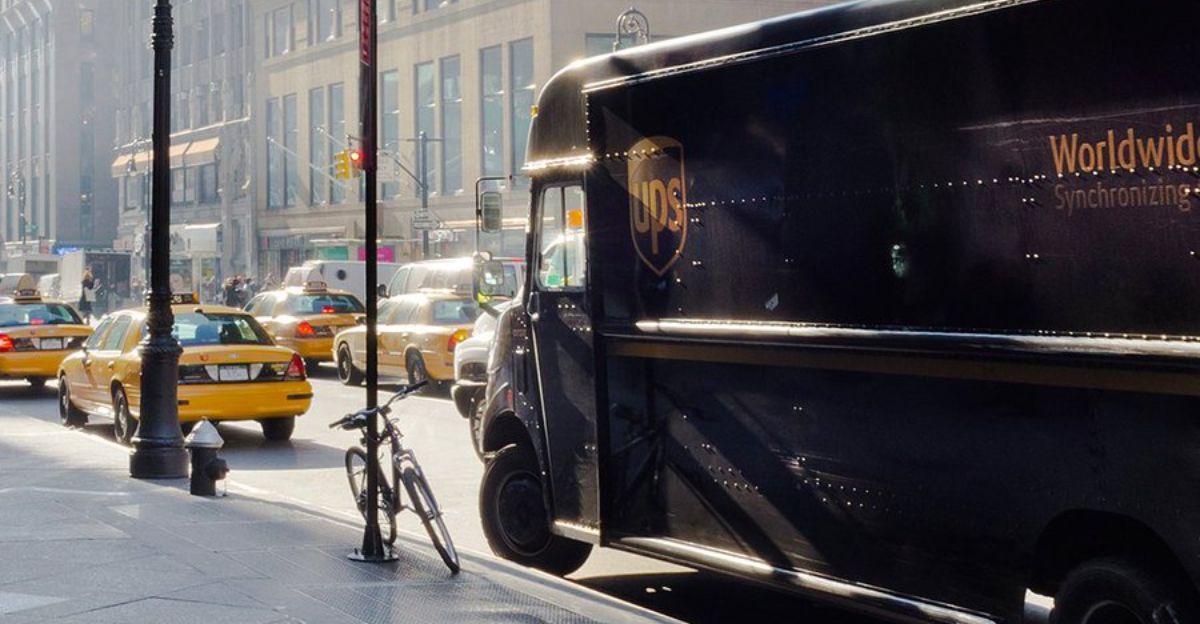
Trump’s tariffs on Chinese imports are wreaking havoc not just on retailers, but also on shippers like UPS. China-to-U.S. cargo made up 11% of UPS’s international revenue, now that flow is collapsing. The removal of the $800 “de minimis” exemption means millions of small parcels now face customs duties, disrupting UPS’s logistics network.
CFO Brian Dykes warned of softening demand along this key route in Q2. UPS was built for seamless global trade, but these new trade barriers are clogging the system. For a company that thrives on volume, every blocked shipment is another hit to its bottom line.
When Robots Replace Humans, Workers Pay the Price
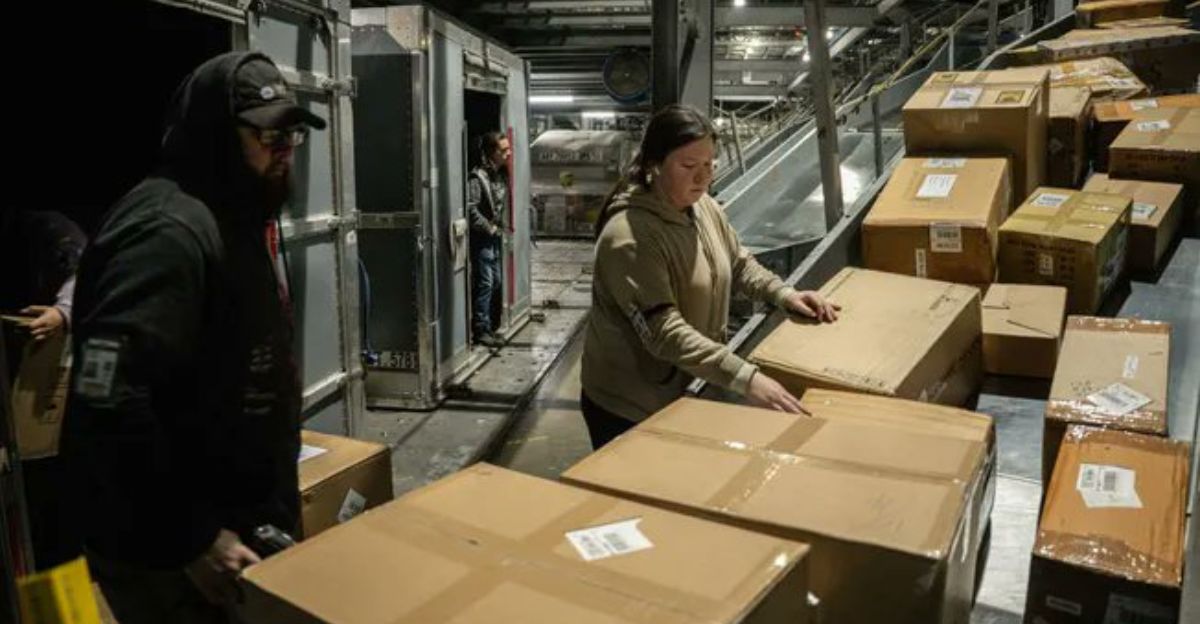
UPS isn’t just laying off workers, it’s automating them out of the system. The company is upgrading 400 facilities with tech that handles everything from sorting packages to loading trucks. It’s part of a larger shift: automation is expected to displace 75 million jobs while creating only 58 million, according to the World Economic Forum.
UPS calls this “lessening dependency on labor.” For the 300,000 Teamsters it employs, that sounds like a threat. While the union fights back, it’s up against a tide that’s hard to stop. The 20,000 layoffs may be just the beginning of a broader transformation in how blue-collar work looks in America.
Why Reshoring Trends Spell Doom for Global Shippers
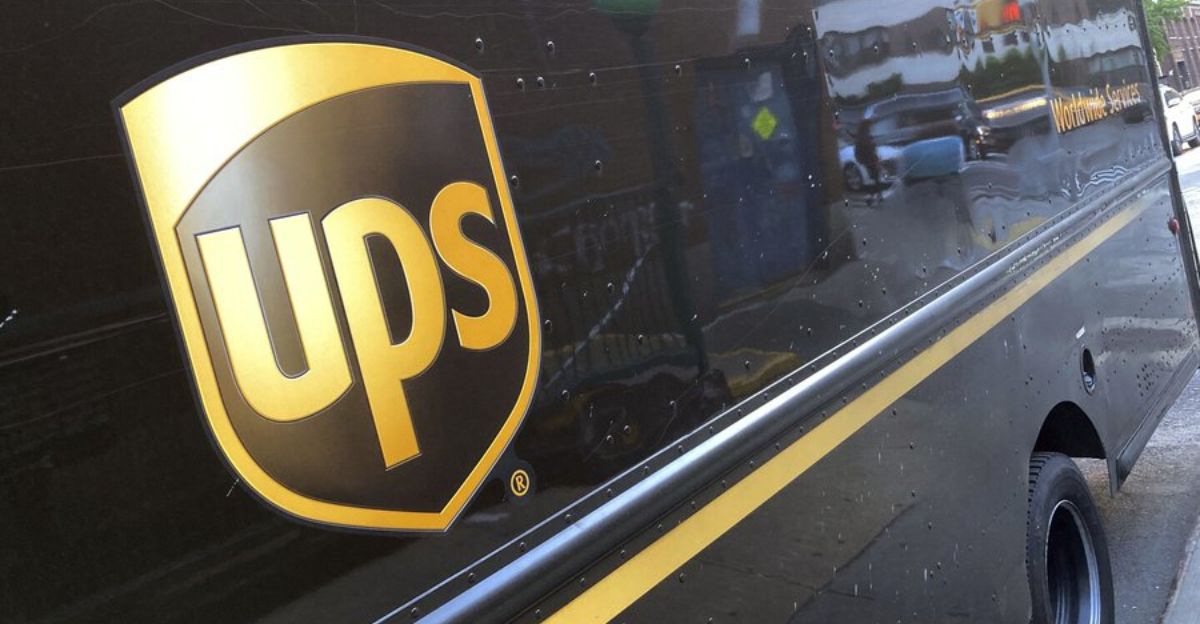
American companies are moving production closer to home in a trend known as reshoring, and it’s accelerating fast. Mentions of reshoring surged 128% in S&P 500 earnings calls in early 2025, surpassing even AI chatter. That’s bad news for UPS, which relies heavily on international freight.
When Apple makes chips in Arizona instead of Taiwan, or fashion brands shift from China to Mexico, UPS loses the lucrative long-haul shipments it depends on. The logistics empire built on globalization is now facing a domestic reality. For UPS, the world is shrinking, and with it, the value of its global shipping network.
Wall Street Has Lost Faith in UPS’s Future
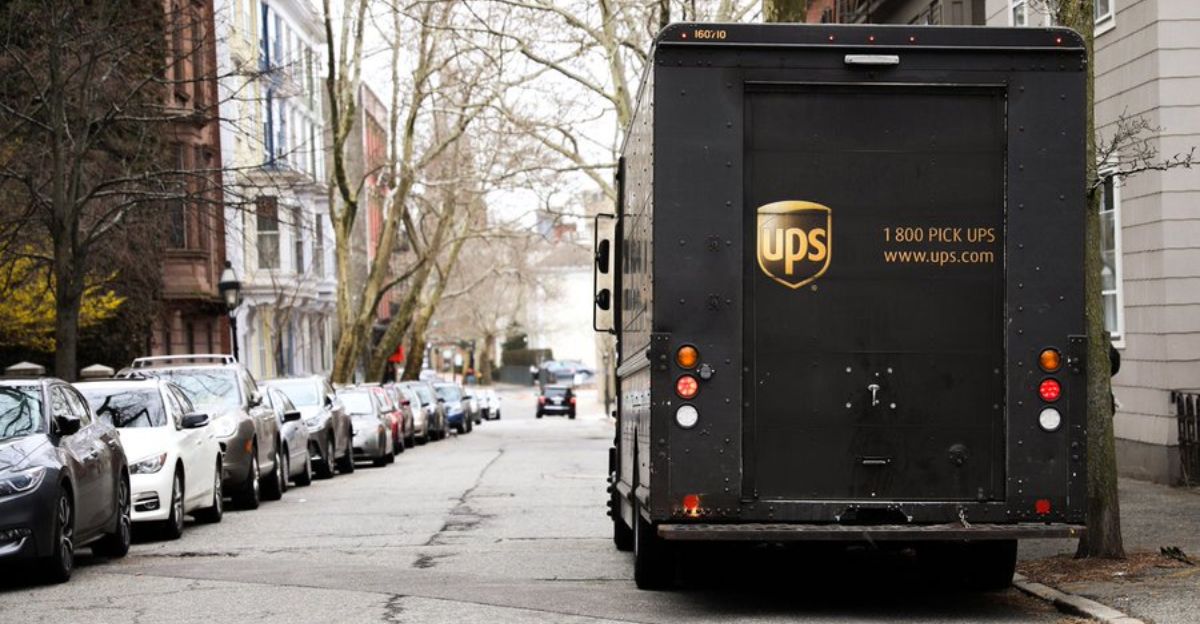
UPS stock has plunged 50% since 2022, sitting near five-year lows and offering a 7% dividend yield, a sign the market smells trouble. In 2025, revenue guidance dropped to $89 billion, below last year’s $91.1 billion, triggering sell-offs. Analysts are alarmed: nearly all of UPS’s $5.7 billion in free cash flow is set aside for dividends, raising doubts about sustainability.
CEO Carol Tomé is considering borrowing money just to buy back stock, as debt is now cheaper than equity. It’s a dangerous game. This kind of financial maneuvering highlights a company trying to keep investors happy while its foundation is cracking.
Why Amazon and Walmart Are Eating UPS’s Lunch
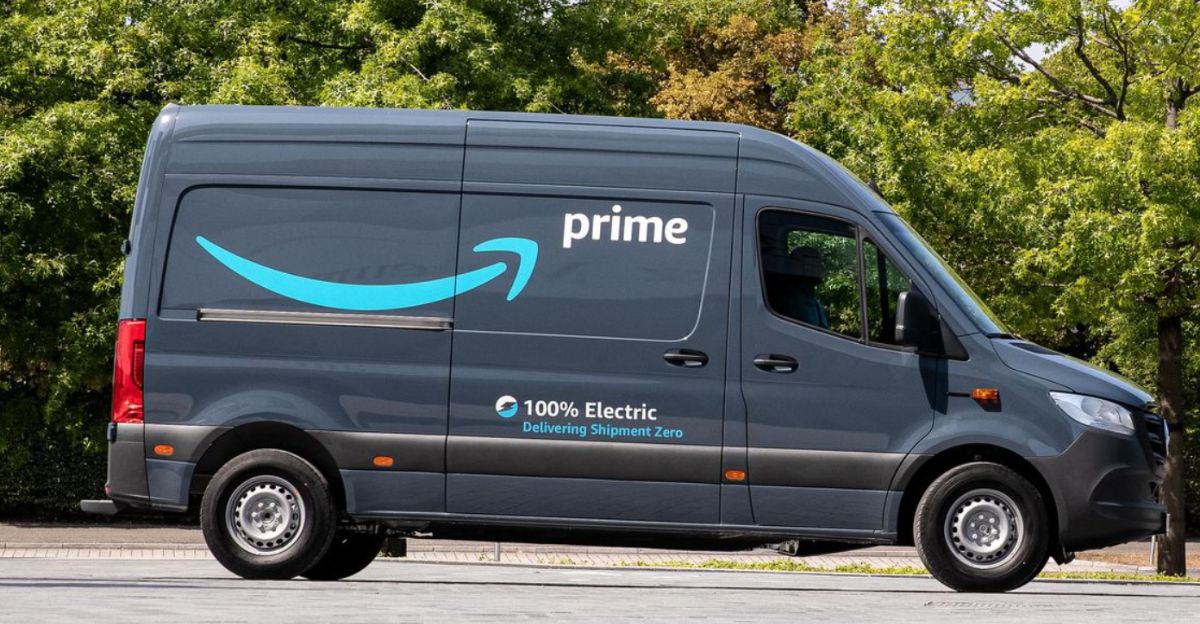
The last-mile delivery landscape has shifted, and traditional giants like UPS are losing ground fast. While U.S. parcel volume hit a record 23.8 billion in 2024, UPS’s numbers stayed flat at 4.8 billion. Amazon surpassed them, delivering 6.1 billion packages using its own network.
New players like OnTrac and Better Trucks are undercutting UPS with agile, specialized local delivery. UPS, stuck with an aging, rigid infrastructure, is losing relevance in a world where retailers are increasingly handling their own logistics from start to finish.
The Post-Pandemic Reality Check Nobody Wanted
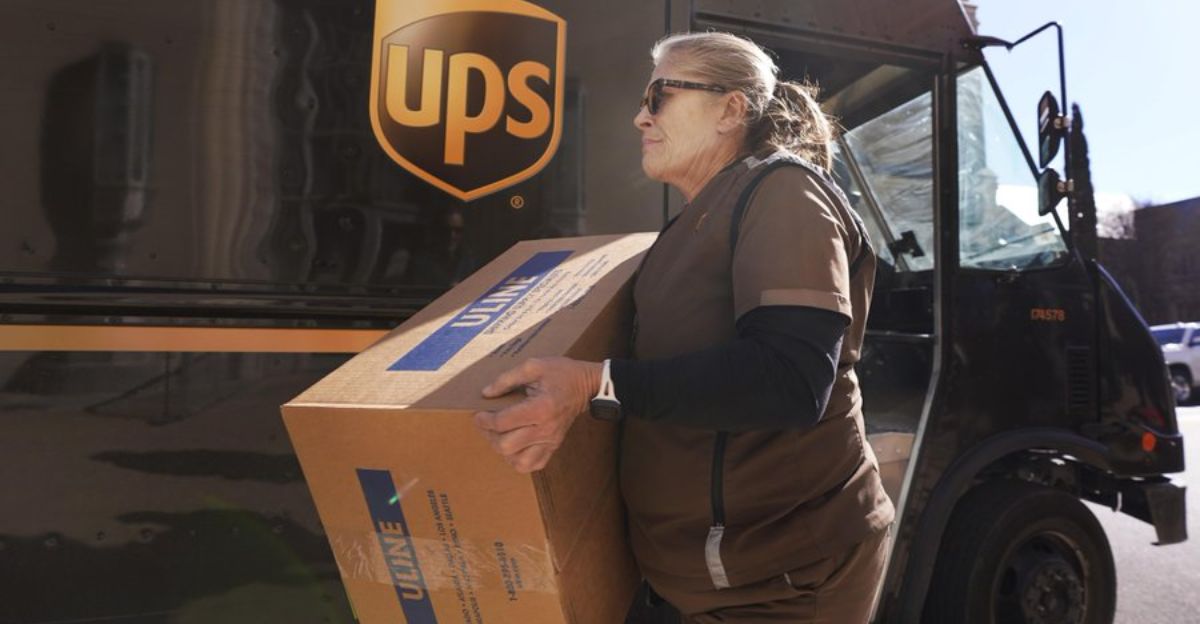
The COVID-era e-commerce boom gave UPS a lifeline, but that surge is over. Though online sales still outpace brick-and-mortar, growth has slowed significantly. Consumers are spending less on non-essentials, driving down demand for small-package shipping.
Meanwhile, “quick commerce” is on the rise, offering 30-minute delivery from local hubs that bypass long-haul carriers like UPS. Companies like Walmart and Target are building dark stores to fulfill orders locally, cutting out the need for nationwide shipping.
UPS thrived by moving goods coast to coast. Now, the model is changing, and it’s all about speed and proximity, two things UPS isn’t built to deliver.
How Union Wages Became UPS’s Biggest Liability
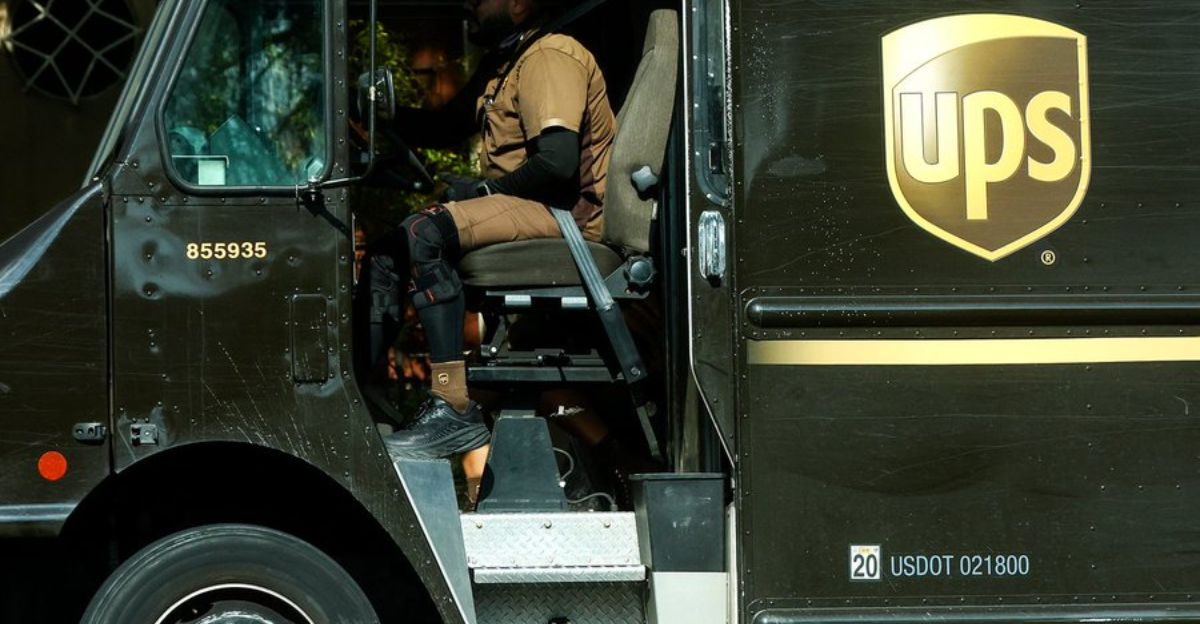
UPS’s new five-year deal with the Teamsters locks in top-tier wages and benefits for 330,000 workers, but there’s a catch. The contract requires the company to create 30,000 new union jobs, even as it plans to eliminate 20,000 through automation and closures. It’s a contradiction that puts UPS in a bind. The Teamsters have warned of a “hell of a fight” if the company backs out.
Meanwhile, non-union competitors like Amazon operate with far lower labor costs. UPS is being squeezed from both sides, committed to expensive labor contracts while needing to streamline to survive. It’s a numbers game with no easy answer.
The Future of Shipping Isn’t What It Used to Be
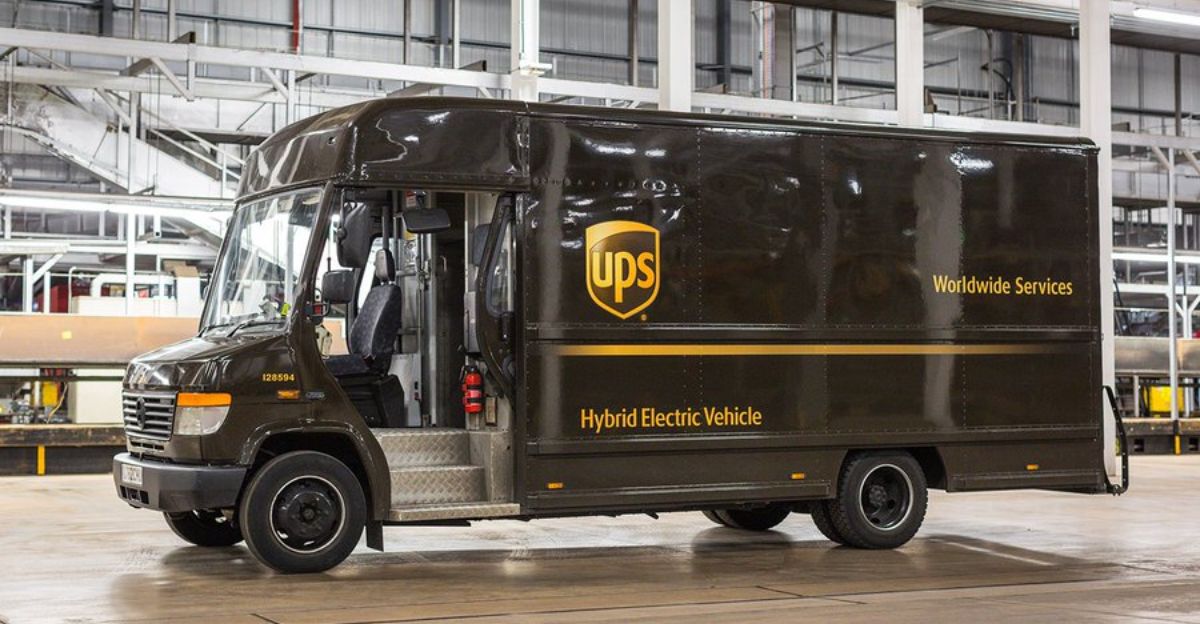
What’s happening at UPS isn’t just a company misstep; it’s a sign of a bigger shift. Automation, trade wars, union pressure, and hyperlocal delivery trends are colliding to reshape how goods move across the country. UPS is caught in the middle, trying to serve an old model in a world that’s quickly leaving it behind.
As Amazon and others build self-reliant delivery systems, traditional logistics giants are facing an existential threat. The layoffs, store closures, and shrinking revenues may be just the beginning. The question now isn’t just whether UPS can adapt, it’s whether legacy shippers can survive the new rules of the game.
Discover more trending stories and Follow us to keep inspiration flowing to your feed!

Craving more home and lifestyle inspiration? Hit Follow to keep the creativity flowing, and let us know your thoughts in the comments below!
